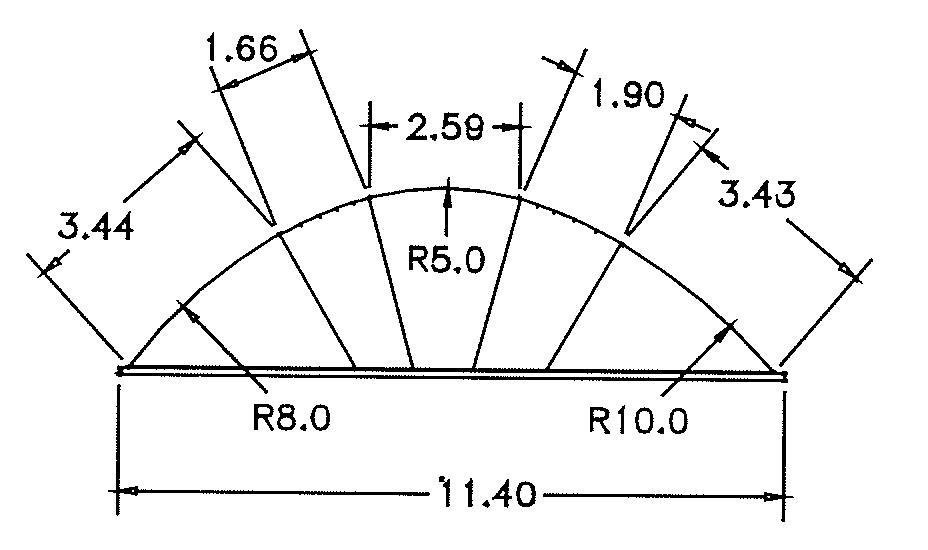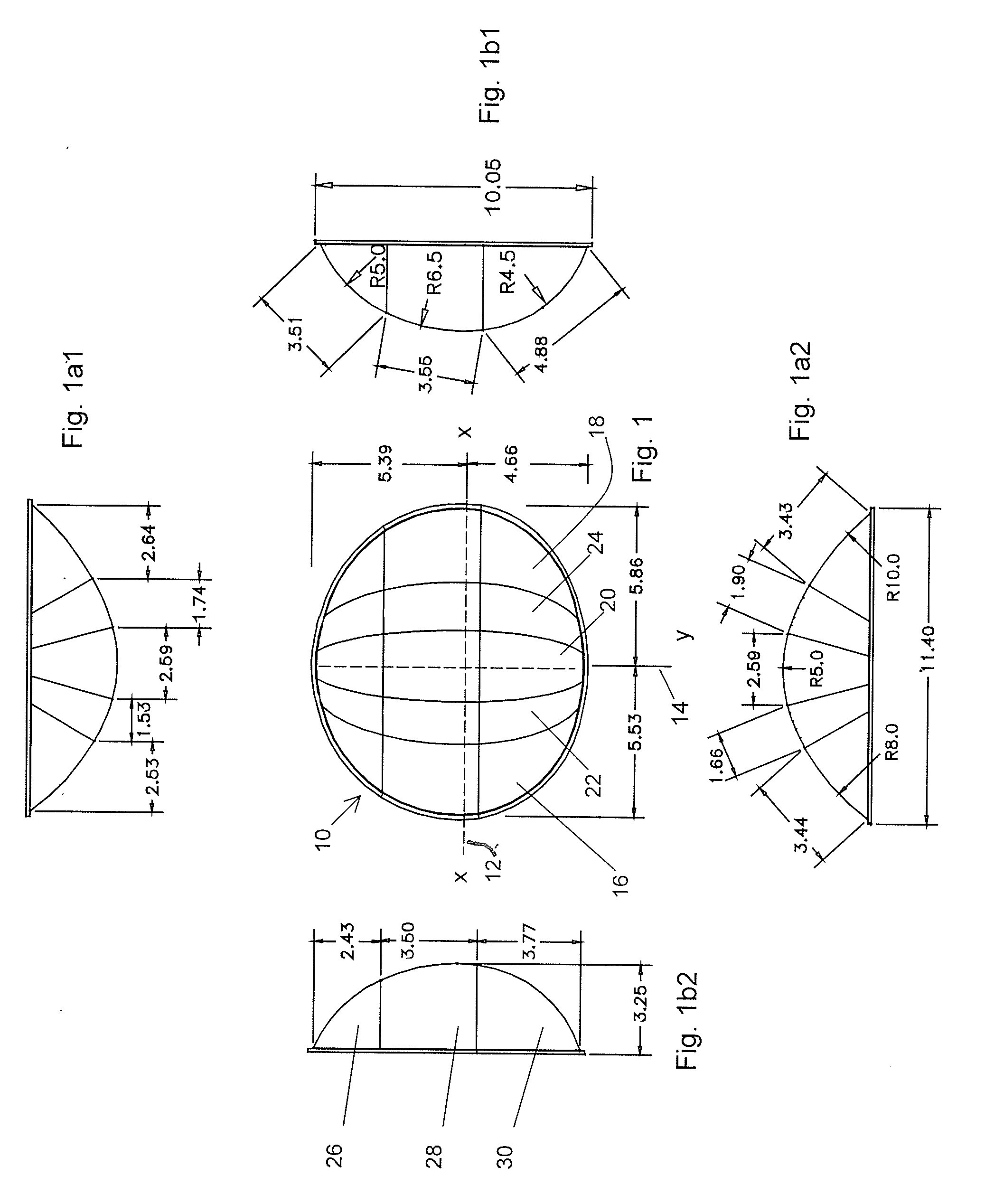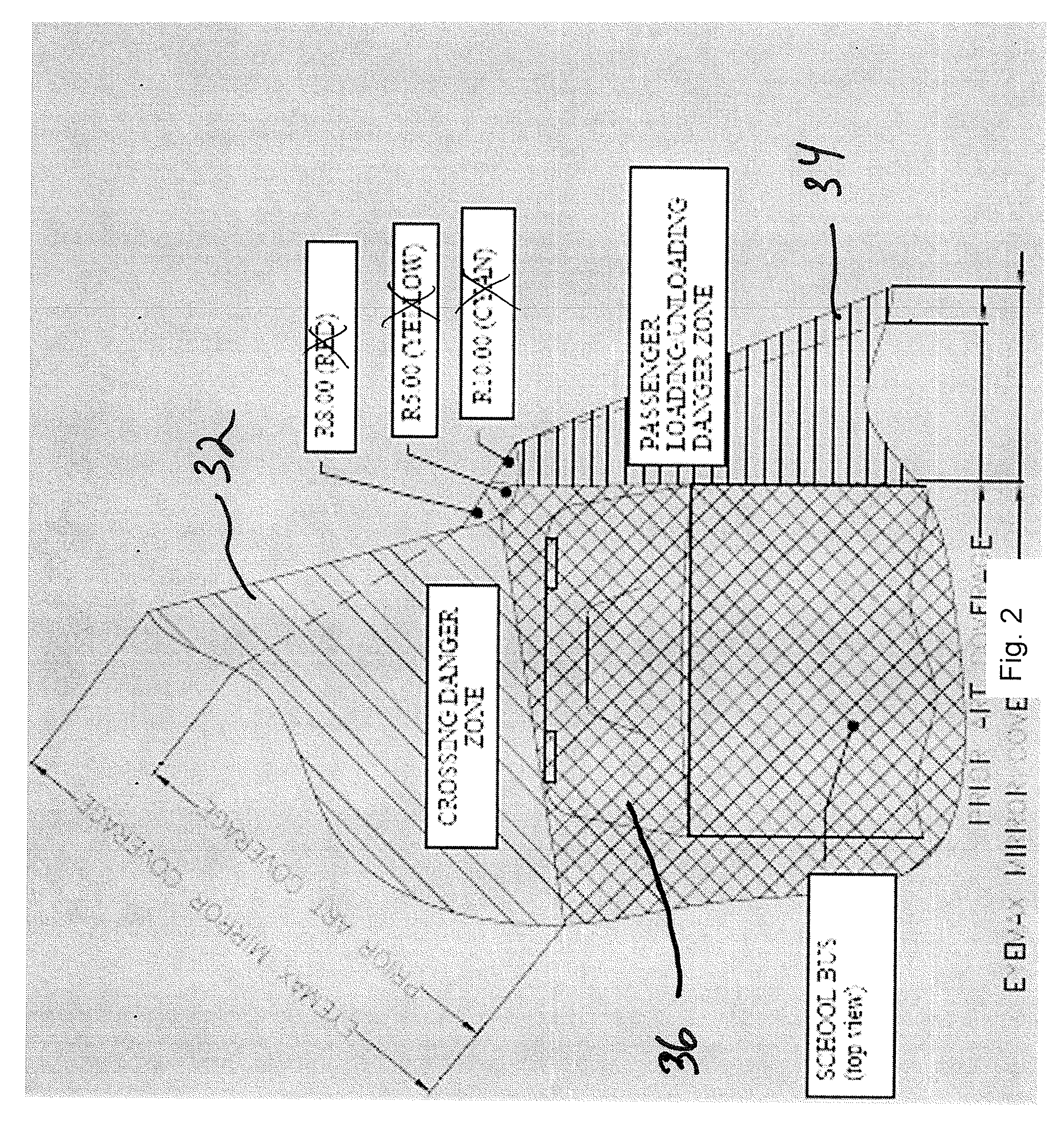Asymmetric multiple constant radii of curvature convex mirrors
a convex mirror and multiple constant radii technology, applied in the field of convex mirrors, can solve the problems of difficult monitoring for drivers, difficult to follow and carefully monitor drivers, and prior art mirrors that have not been optimized to fully accommodate these differences, so as to improve the definition of images and increase the size
- Summary
- Abstract
- Description
- Claims
- Application Information
AI Technical Summary
Benefits of technology
Problems solved by technology
Method used
Image
Examples
Embodiment Construction
[0040]With reference to the drawings, the features of and a method for constructing the lens for the present disclosure, which is intended to be known as the EYEMAX mirror lens, are described below.
[0041]Construction is based on a multiple, (three) constant radii profile. The same profile is revolved three times to create three sections (slices) with different curvatures, each slice being characterized by a distinct radius of revolution. These sections are joined by intermediate sections that are characterized by having step-wise changing radii of curvature.[0042]The first “slice” is created by revolving an identical profile about a given radius, e.g., R5.00″, denoting a constant radius of curvature of five inches. [0043]The second “slice” is created by revolving an identical profile about a radius R10.00″. [0044]The third “slice” is created by revolving an identical profile about a radius R8.00″.
[0045]All three “slices” (shown above in different shades) are joined (by the regions ...
PUM
 Login to View More
Login to View More Abstract
Description
Claims
Application Information
 Login to View More
Login to View More - R&D
- Intellectual Property
- Life Sciences
- Materials
- Tech Scout
- Unparalleled Data Quality
- Higher Quality Content
- 60% Fewer Hallucinations
Browse by: Latest US Patents, China's latest patents, Technical Efficacy Thesaurus, Application Domain, Technology Topic, Popular Technical Reports.
© 2025 PatSnap. All rights reserved.Legal|Privacy policy|Modern Slavery Act Transparency Statement|Sitemap|About US| Contact US: help@patsnap.com



